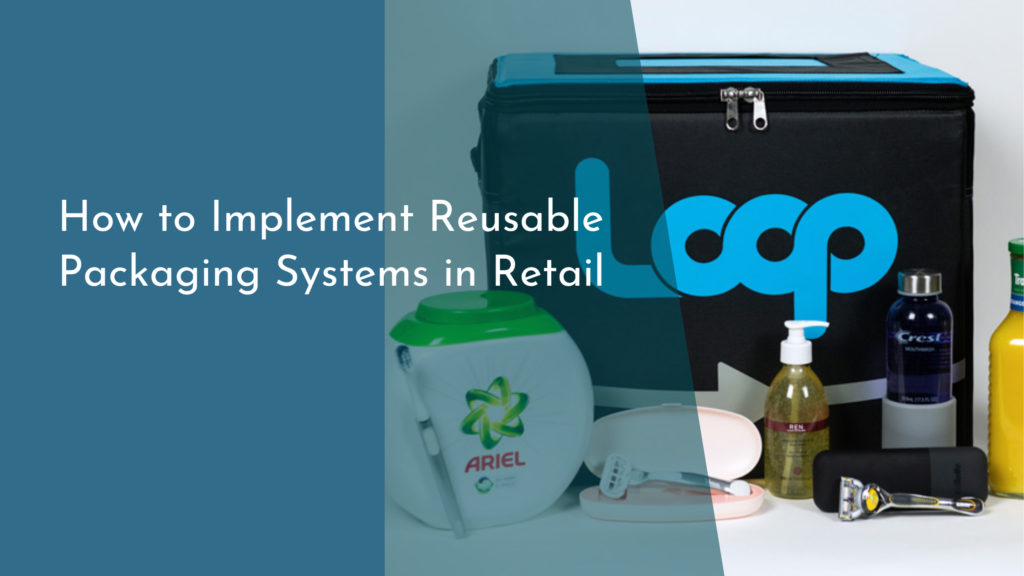Algae-Based Fish Feed to Reduce Overfishing in Restored Seas
In the quest for sustainable practices in aquaculture, one innovative solution is emerging as a beacon of hope: algae-based fish feed. With overfishing depleting our oceans and threatening marine biodiversity, the need for alternative feeding sources has never been more pressing. Algae, a nutrient-rich and renewable resource, stands out as a promising candidate to address these challenges while supporting the restoration of our seas. This article explores the potential of algae-based fish feed in transforming aquaculture and healing our oceans.
Discovering Algae: A Sustainable Solution for Fish Feed
Algae have long been recognized for their ecological importance, but their potential as a fish feed is just beginning to gain traction. With an impressive nutrient profile, algae are rich in proteins, vitamins, and omega-3 fatty acids, making them an ideal food source for various fish species. Unlike traditional fish meal, which often comes from overfished stocks, algae can be cultivated sustainably, reducing the pressure on wild fish populations. This shift not only promotes responsible aquaculture practices but also paves the way for a more resilient food system.
Moreover, the cultivation of algae is environmentally friendly. Algae can thrive in a variety of conditions, including brackish and saltwater, and they require minimal land and freshwater resources compared to terrestrial crops. By harnessing the power of algae, fish farmers can reduce their reliance on wild fish stocks while simultaneously contributing to a circular economy. This innovative approach not only addresses the overfishing crisis but also aligns with global sustainability goals, making algae-based fish feed a game changer for the aquaculture industry.
How Algae-Based Feed Can Help Heal Our Oceans
The shift to algae-based fish feed has the potential to significantly impact ocean health. By reducing the demand for fish meal derived from wild fisheries, we can alleviate the pressure on overexploited fish populations. This, in turn, allows marine ecosystems to recover and thrive. As fish populations rebound, the intricate balance of marine life can be restored, fostering biodiversity and resilience in ocean habitats.
In addition to supporting fish populations, algae cultivation can also have a positive effect on water quality. Algae absorb excess nutrients, such as nitrogen and phosphorus, which are often responsible for harmful algal blooms and dead zones in coastal waters. By incorporating algae into aquaculture practices, we can create a symbiotic relationship where fish farming not only provides food but also helps to clean and rejuvenate our oceans. This holistic approach to aquaculture can lead to healthier marine environments and a sustainable future for our seas.
Benefits of Algae in Restored Marine Ecosystems
The integration of algae into marine ecosystems offers a multitude of benefits beyond just fish feed. Algae play a crucial role in carbon sequestration, helping to mitigate climate change by absorbing carbon dioxide from the atmosphere. As we restore marine ecosystems, promoting algae growth can enhance their ability to act as carbon sinks, contributing to the fight against global warming while improving ocean health.
Furthermore, healthy algae populations can serve as a food source for a variety of marine organisms, from small fish to larger predators. This creates a more balanced food web and supports the overall productivity of marine ecosystems. The presence of thriving algae can also provide habitats for various marine species, promoting biodiversity and increasing the resilience of ocean ecosystems to environmental changes. By embracing algae as a vital component of restored marine environments, we can foster a healthier, more sustainable ocean for generations to come.
Join the Movement: Supporting Sustainable Fish Farming
As consumers, we have the power to influence the future of aquaculture by supporting sustainable fish farming practices. By choosing fish products that utilize algae-based feed, we can help drive demand for innovative solutions that protect our oceans. Look for certifications and labels that indicate responsible sourcing and sustainable practices, and advocate for policies that promote the use of algae in aquaculture.
Additionally, getting involved in community initiatives and organizations focused on marine conservation can amplify our impact. Whether it’s participating in beach clean-ups, supporting local aquaculture projects, or educating others about the benefits of algae-based fish feed, every action counts. Together, we can be part of a movement that not only reduces overfishing but also nurtures the health of our oceans, ensuring a sustainable future for both marine life and human communities.
The future of our oceans hinges on innovative solutions like algae-based fish feed. By embracing this sustainable alternative, we can reduce overfishing, restore marine ecosystems, and support a healthier planet. As we navigate the challenges of aquaculture and environmental conservation, let us celebrate the potential of algae to transform our approach to fish farming. Together, we can make a positive impact on our oceans and create a brighter, more sustainable future for all.

